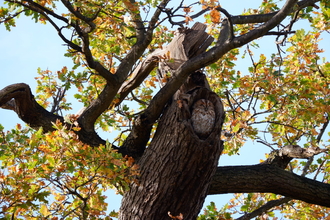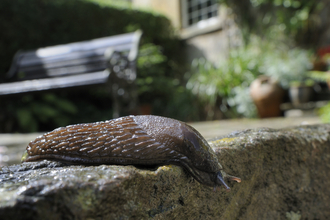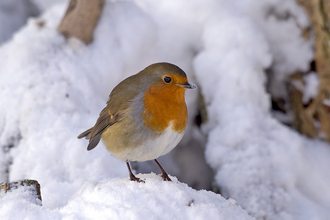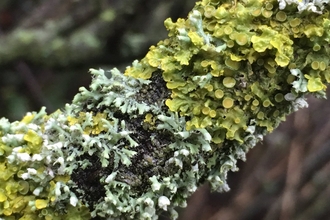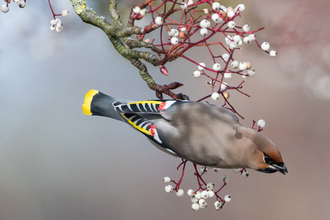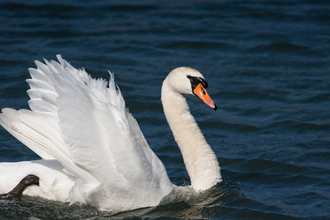Very few species of moth are active in their adult stage over the winter and brave the cold conditions, but there is one moth that seems to be a little more daring than the rest.
Although it has a rather unimaginative name, the winter moth is impressively able to cope with freezing conditions taking advantage of fewer predators over the winter months. Males and females are poles apart in this species with females having short stubby wings and are incapable of flying, relying on giving off strong pheromones to attract males to mate with, who fortunately can fly. The female lays her eggs in the bark of trees where they will spend the next few months until they hatch out in the spring.
They are a fantastic food source for both blue tits and great tits which are said to time their breeding season to coincide with when winter moth caterpillars are plentiful. A whooping 10,000 caterpillars can be fed to a single brood of hungry blue tit chicks.





